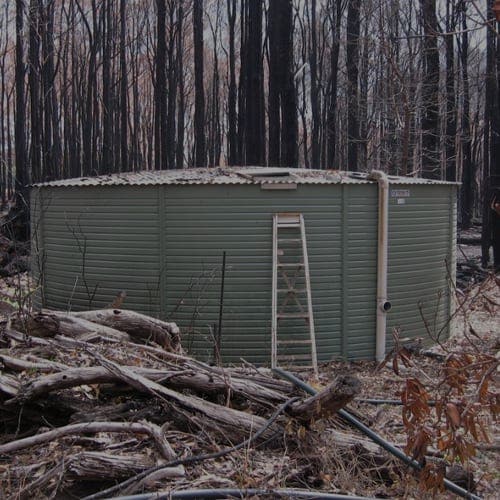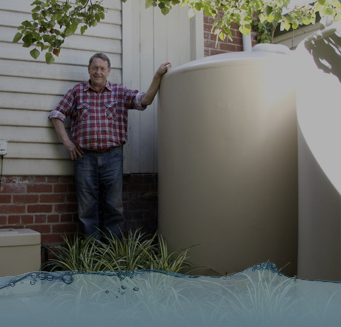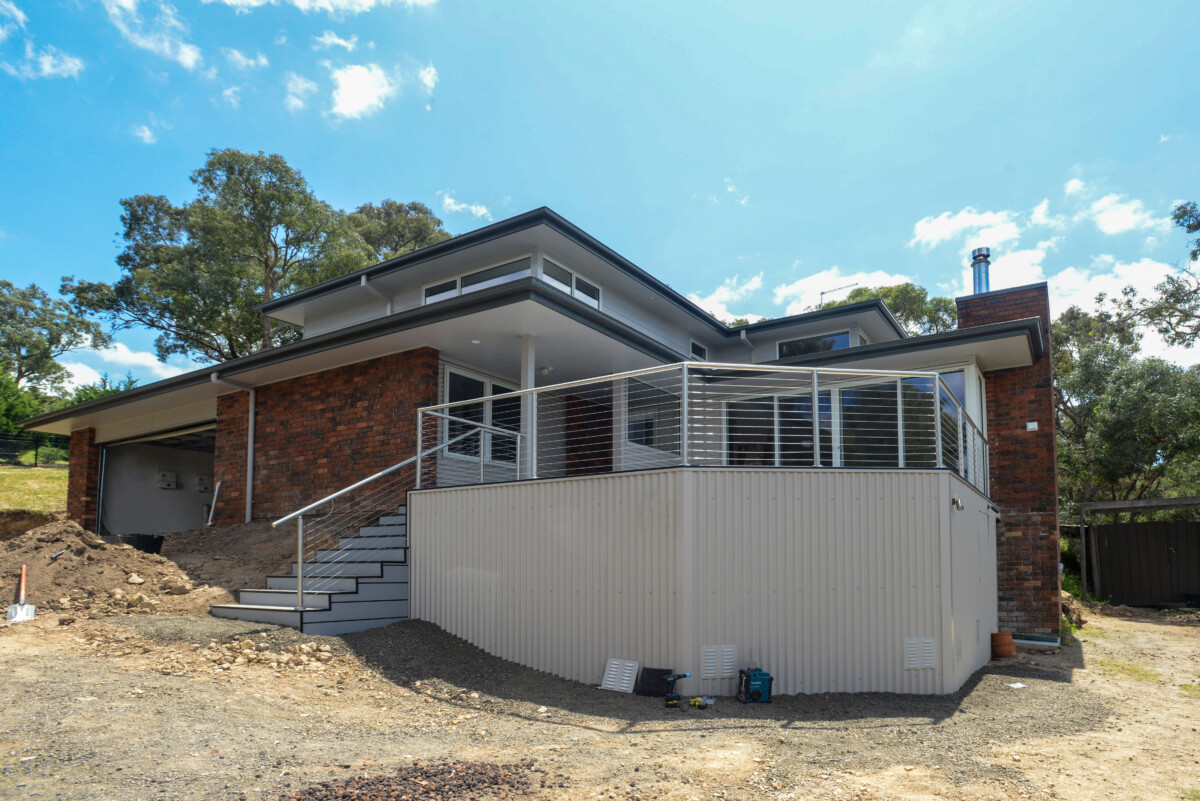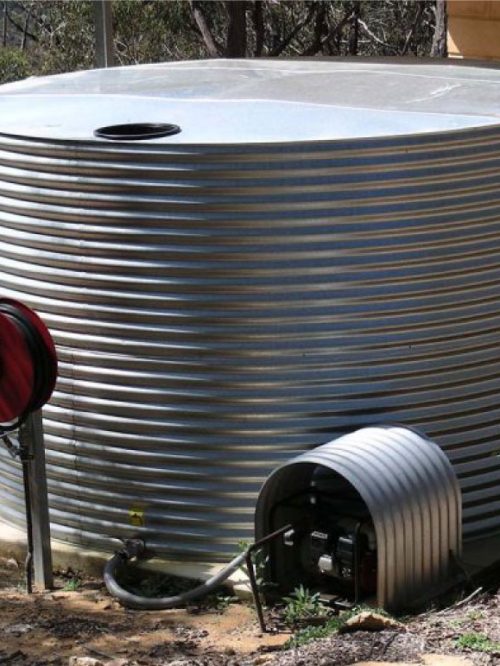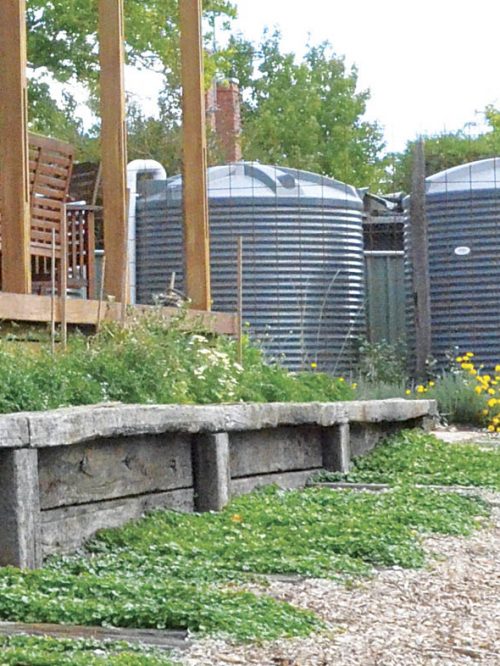If you live in a rural area, or even the urban fringe, you should take into account the effects of bushfire on your water tank.
Contamination of tanks from floating ash can be a big issue, and a first-flush device can reduce this problem considerably. Residents in bushfire-risk areas will also need to attach fire-brigade fittings to their tanks and ensure that fire tankers can access the rainwater tank.
Fire doesn’t just produce a lot of ash, it also can also burn or damage fixture such as tanks, just when you need them the most. Poly tanks can melt down to the waterline if a bushfire gets too close, but in severe fires even metal and concrete tanks can become unusable. If you live in a fire-prone area then underground tanks might be your best bet. The 2007 Bushfire Cooperative Research Centre/CSIRO report Research into the Performance of Water Tanks in Bushfires details the effect of fire on different tanks.
State and local government planning and building regulations need to be taken into account before installing a rainwater tank. Rainwater tanks should be of an adequate size with a pump and fittings that conform to your local fire authority’s requirements.
What size tanks do I need in a regional or rural area?
The access and space for tanks will be limiting factors, but beyond that, how big should tanks be? Households without mains water supply would typically have rainwater tanks in the range of 50,000 to 100,000 litres, however the ideal size will depend on what you want to use the water for, the number of people in the household, and also your budget, roof size and rainfall.
According to Bushman’s Tanks, any tank that holds less than 10,000 litres of water will be insufficient to fill a fire truck or to be used around the house or other buildings. ‘If a tank is being installed for both firefighting water and for use around the property then a larger tank should be selected. The tank fittings can then be arranged to ensure there will always be water available for firefighting. For example, a 30,000 litre tank could be installed where 20,000 litres is available for use around the property and 10,000 litres for fighting fire.’ They also recommend the installation of dedicated fire hoses and sprinkler systems.
Help to work out sizing
The Tankulator was built by Renew staff as a tool for householders who are either seeking to install a rainwater system in their homes or improve on their current rainwater system. An efficient tank is one which cycles water regularly and provides an important, independent source of water for households and remote properties.
WATCH
Research Renovation is a hosue located in a bushfire zone, off the water, sewer and gas grid. These traits heavily influenced the renovations which incorporate BAL40 building standards, >100 kL of rainwater storage, worm farm wastewater treatment, 9.9 kW of solar PV and significant rehabilitation of the woodland. This video details the set-up, and was created by the homeowner for Sustainable House Day 2020.



